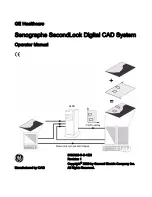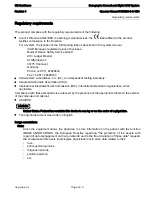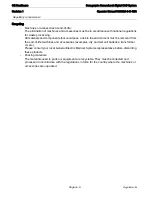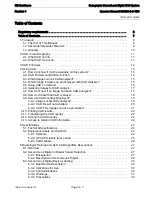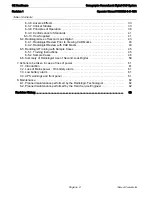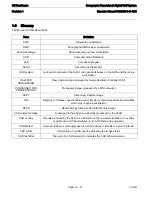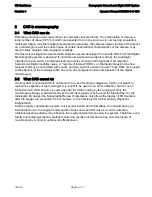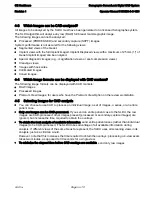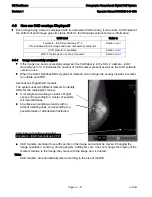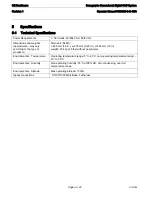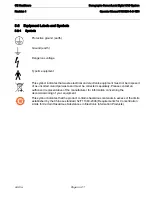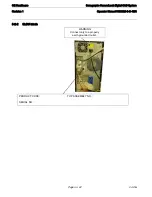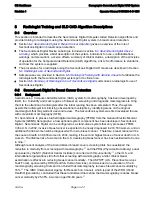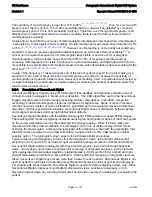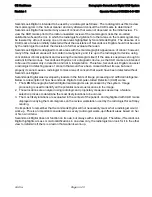
GE Healthcare
Senographe SecondLook Digital CAD System
Revision 1
Operator Manual 5189820-5-C-1EN
CAD.fm
Page no. 11
2
CAD in mammography
2-1 What CAD can do
Detecting and diagnosing breast cancer is a complex clinical problem. The combination of viewing a
large number of cases (99.5% of which are expected to be non-cancerous in a screening population),
radiologist fatigue (and the resulting observational oversights), the complex image structure of the breast
on a mammogram, and the subtle nature of certain observational characteristics of the disease, may
result in false negative mammographic readings.
The SecondLook Digital Computer-Aided Detection system developed for use with GE’s Full Field Digital
Mammography system is designed to minimize observational oversights made by the radiologist.
Intended to be an aid for a radiologist reading routine screening and diagnostic mammograms,
SecondLook Digital identifies areas, or "regions of interest" (ROIs), on the digital image which show
features that may be associated with cancer, and may warrant a second review. These ROIs are brought
to the attention of the radiologist after he or she has completed normal interpretation of the digital
mammogram.
2-2 What CAD cannot do
It is important to note that CAD is not meant to be used for primary diagnosis. CAD is not meant to
replace the expertise of the radiologist. It is meant to be used as an
aid to
detection
, and not as an
interpretive
aid. CAD should be used only after the initial reading by the radiologist. Only the
mammogram images provided directly by the GE Senographe may be used for interpretation by the
radiologist. By design, the Senographe Review Workstations only allows the display of ROI markers
after the images are presented, free of markers, to the radiologist for his/her primary diagnostic
interpretation.
CAD is a highly sophisticated system, but it cannot identify all abnormalities. You should base your
interpretation upon the original mammogram images and use CAD only as an aid to detection.
Individual practice patterns may influence the results obtained when using this system. Therefore, each
facility and radiologist should carefully monitor the results that this device has on their practice of
mammography in order to optimize its effectiveness.

